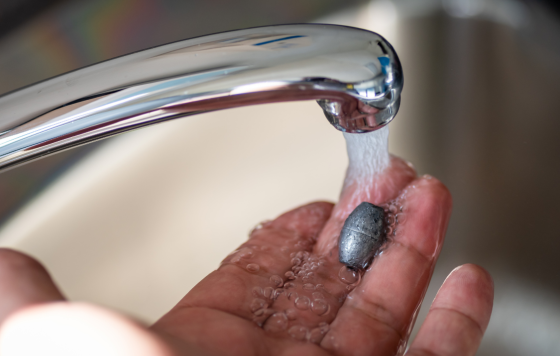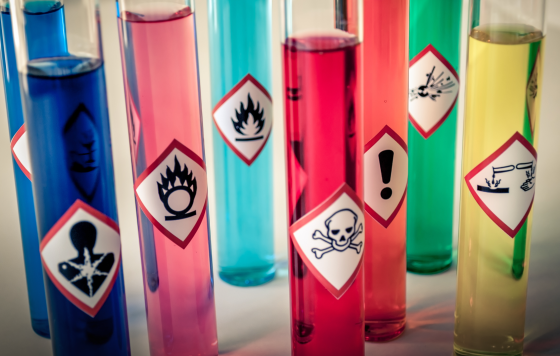The referenced media source is missing and needs to be re-embedded.
Recently, I had the pleasure of working with a group of fifth graders at the IB School in West Hartford, CT who had chosen to study water issues. They invited me to address some tough questions - “Why should we save water when we have plenty of clean water? How does this help those who are without adequate water supplies? Will using more or less water in West Hartford make any difference? “ This made me think. Turning off the water while brushing your teeth saves several gallons of water, but how will that help women and girls in Botswana who must walk miles for a bucket of water for their families? Good question! It is very true that you can’t ship our extra water overseas! Without clean and abundant water, we would have to live without so many of the basics of everyday life. Can you imagine what our lives would be like? Water is necessary to sustain life, but is also needed to manufacture goods, grow crops, create art, brew beer, we enjoy it for recreation and our wildlife needs it too! While there is enough water in the world to meet all our needs, the problem is how it is distributed. Environment, economy, pollution, conflict… it all comes into play. But this is complex and still didn’t really get to their question. But we can look at the problem differently. I decided to take a new approach and introduce them to the idea of our water footprint. Similar to a carbon footprint, a water footprint is a measure of how much water it takes to produce something. The numbers can be quite shocking, for example, it takes 2,074 gallons of water to manufacture 4 rubber tires, and 4,068 gallons to produce 2 pounds of beef. The kids were fascinated to learn that it takes 2,000 gallons of water to produce a pair of jeans - from farm to store shelf, so to speak. You can read much more in the excellent book, Your Water Footprint.[1] When these numbers are compared, we begin to see ways we can make choices that impact water use in many locations around the world. Food choices give us some of the best examples. It takes 634 gallons to produce a cheeseburger. Compare that to 333 gallons to produce the ingredients for a margherita pizza, half the amount, and you begin to see that our food choices can affect water use in all the places our food is grown and processed. The average meat-based diet uses 950-1320 gal/day verses a vegetarian diet using 610-715 gal/day. Eating less meat is not only good for our health but good for the planet. You can also estimate your personal water footprint by filling out a simple questionnaire based on income and demographics. Try it at http://waterfootprint.org/en/water-footprint/personal-water-footprint/. The students had fun trying on different income levels and seeing how this affected their water consumption. They correctly deduced that those who have extra cash to spend tend to consume more and those purchases require more water to produce. Call this our secondary water use. Limiting our consumerism, in general, can help to save water by requiring less to be used in manufacturing! Ask yourself, “Do I really need that new pair of jeans?” As a highly consumption-oriented society, our choices here in the U.S. really do impact the rest of the world. Being aware of your water footprint and limiting your secondary use of water is another way you can protect clean water and help those in areas where it is not as clean or available as it is here. And then, I saw in the news that a drought had been declared in Connecticut. Maybe we do need to be sure to turn off the water while brushing our teeth after all! [1] Leahy, Stephen. 2014. Your Water Footprint: The shocking facts about how much water we use to make everyday products. Buffalo, NY: Firefly Books.Get the latest updates and actions:
Thanks for signing up!
There was a problem processing your signup. Please try again.


